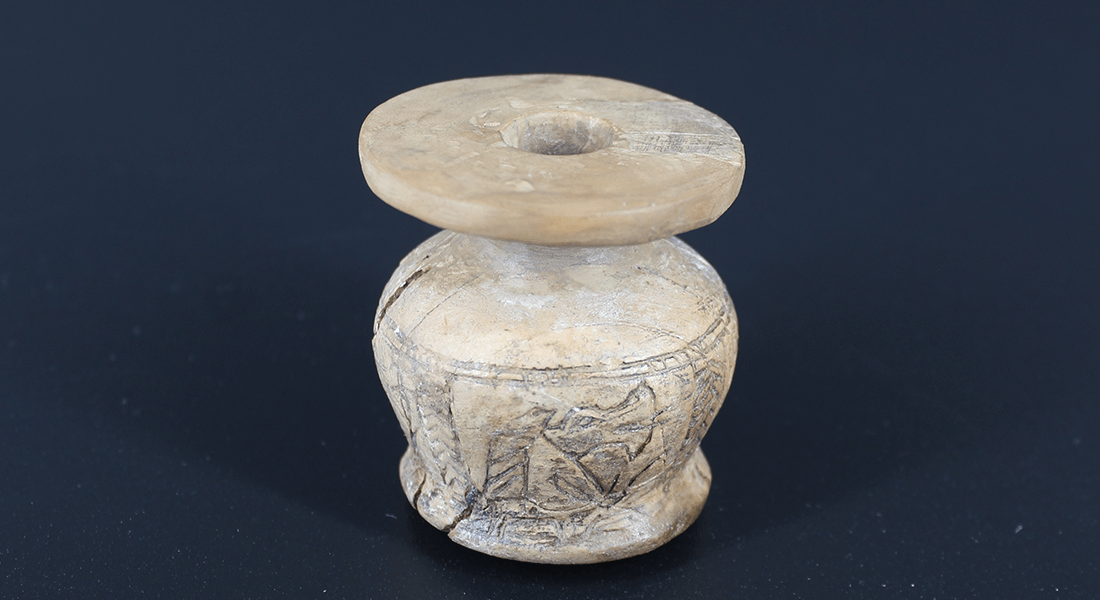Skin and body practices in ancient Nubia
Seminar with Rennan Lemos (Cambridge university) and Elsa Yvanez, Lucy Skinner and Magdalena Wozniak (University of Copenhagen).

Abstracts
Adorning colonial bodies: contextualising the use of jewellery and makeup in New Kingdom Nubia
Rennan Lemos (Cambridge university)
Adorning the body was a distinctive feature among various Nubian communities. Egyptian textual and pictorial sources vividly describe such adorned bodies. In contrast to widespread ideological descriptions of Nubians by the Egyptian colonial state, archaeological evidence from various sites in Nubia demonstrates the accuracy of some Egyptian texts and images regarding how Nubian groups adorned their bodies. In this talk, I will discuss the role played by jewelry and various makeup substances in defining Nubian cultural practices related to the body. Jewellery seems to have been a key feature of cultural negotiations in the New Kingdom colony, as the evidence from various cemeteries suggest. Recent, yet to be published analyses of kohl samples from Sudanese Lower Nubia also suggest the use of makeup as a cultural marker within a larger, Nile valley wide setting for cultural negotiations.
Hiding, revealing, transforming. Being comfortable in one’s skin in ancient Sudan
Elsa Yvanez, Lucy Skinner and Magdalena Wozniak (University of Copenhagen)
One of the first reasons put forward for the prehistoric invention of textiles is the need to protect the body from exterior aggressions, especially the cold. In a climatic environment like ancient Nubia, this “thermic factor” is less relevant. In fact, for many people, garments were non-existent or offered minimal coverage, e.g. loincloths and fringed belts. As a result, exposed skin offered a different but complementary canvas for self-expression. Techniques were developed to enhance the skin and hair, while many additions also intervened, including a very wide array of jewelry and personal accessories. Another category of artefacts added on the skin is garments, made either of animal skin or textile. By creating positive and negative spaces on the body, constantly changing through movement, garments may enter in a constant visual dialogue with the skin. It is particularly true in the case of garments that leave portions of the skin visible, thanks to open-work, cutouts, and other devices such as fringes and tassels. This talk will take three different chronological and technological foci to explore this relation between skin and body practices. We will particularly present cutout leather garments from the Bronze Age period and fringed textiles from Meroitic times, while reflecting on skin treatments through a longue durée perspective.
Sign up
You need to sign up in order to receive the Zoom link.
